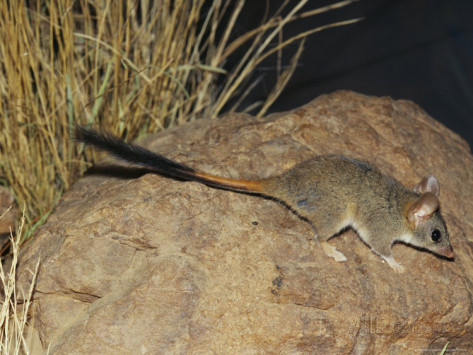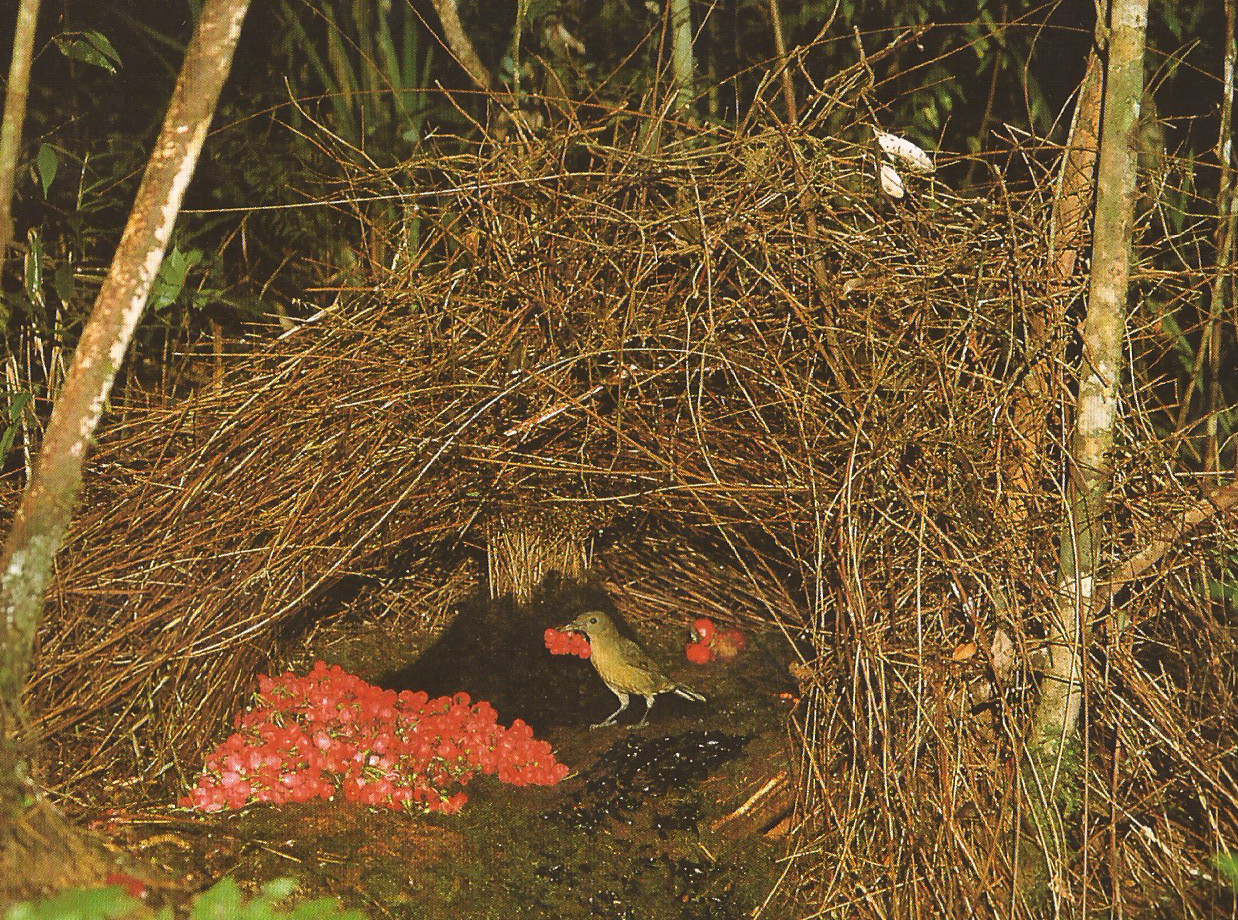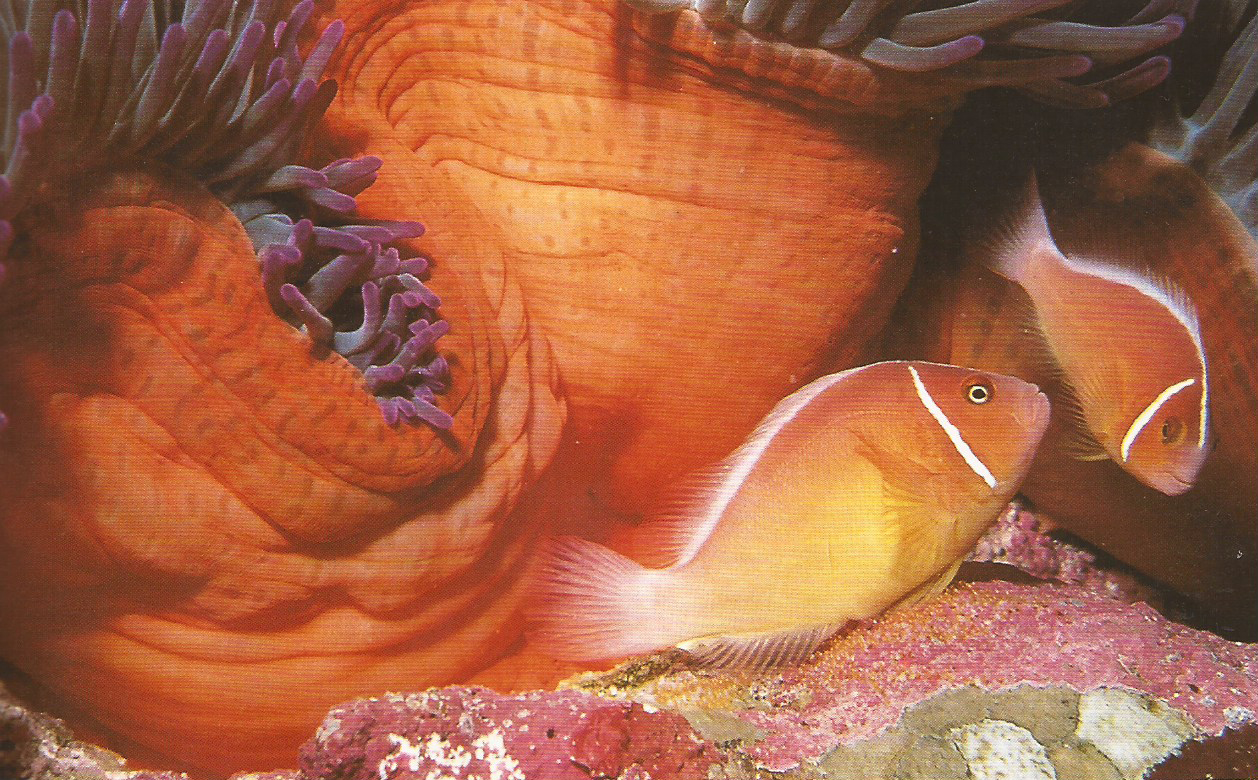The sexual connection
This chapter is about some of the obvious and some of the surprising ways in which females force sperms to prove their worth before reaching their goal, and how males bypass—or cheat their way past—any obstacles put in the way of their gametes.
The quest for conception, which is fundamentally what the battle of the sexes is all about, has driven the evolution of bodily design, the greatest natural technology race on earth. As both sexes ‘strive’ to take control of the process of fertilization, the females develop hurdles for sperm to overcome, and the sperm’s delivery systems—the males—counter with cunning copulatory devices and practices which raise the odds on ensuing their success. This aspect of sexual strife is universal, even among lowly creatures such as millipedes, whose intricate love life belies their simple nature…
Bedbugs once inhabited bat caves and the dens of large European mammals. Now they are better known as denizens of dirty doss houses and squalid accommodation, and emerge at night to crawl stealthily between the bedclothes to suck blood, leaving only an irritating blotch on the skin as a memento of their visit.
The males avoid the natural genital route of inseminating their mates in favour of a rapid but uniquely barbarous method. They drive their penis like a hypothermic syringe through the body wall of the female and inject sperm directly into the cavity occupied by the circulating blood (the haemocoel). The process is known, appropriately, as ‘traumatic insemination’!
Penis power
Land vertebrates are not quite so enterprising as insects in the way they make the sexual connection. Their generations have a much slower turnover, and the relatively smaller populations mean that the engine of evolution works more slowly because innovations are thrown up less often. And yet the same considerations prevail.
In the paranoid quest for as many partners as possible, males attempt to scatter their seed in all directions, and females, in the search for the perfect male, ideally like to keep their options open by encouraging rivalry between sperm from different males. Whether aphid or elephant, ensuing paternity is an issue that exercises males, and females still seek the best fathers for their offspring…
The mammalian penis has a dual function, not only serving to pipe semen into the vagina, but also doubling up as a spout for directing urine away from the body. Fully grown African elephants have a mechanical difficulty during their rare bouts of pachydermous passion. Weighting up nearly 10 tones, they are rigidly constructed and incapable of gyrating their pelvis to dock their penis. The cows have evolved an unusual genital lay-out to assist intercourse—their vaginal opening has relocated from the usual position beneath the anus to a site under their baggy bellies where you would expect to find a navel. This saves the bull from having to attempt the impossible task of bringing his groin close up against his mate’s thighs in order to copulate.
Although the cow elephant’s low-slung vulva is much easier to reach, the bull still has to mount her, putting great stress not only on her legs, but also on his own hind quarters. Young cows occasionally break a leg as a result of being chased and mounted by heavyweight males.
Once in position, much of the action is performed by the bull’s ‘motorized’ penis. It is a monster, weighting 25 kilograms (55 pounds) and extending nearly 2 metres (6 foot 6 inches) under the influence of a pounding heart. The jumbo penis is also a veritable power-pack, containing not only erectile tissue but its own engine muscles, enabling it to trash around, searching for the vaginal opening. Shaped rather like a hook, it is well adapted for reaching a long way beneath the female’s belly and probing upwards, penetrating deeply into her low-slung receptacle to make contact with the cervix. After performing a few piston-like thrusts, the bull ejaculates. Once mating is complete, competition from other males forces the bull to protect his paternity by guarding the cow for a while, preventing her from taking another partner whose sperm might usurp his own.
Chastity belts
By means of packages of various kinds of extendible organs, males deposit their all-important sperms as close to the eggs as possible. And yet females can be promiscuous in the search for quality males and there are always rivals ready to seize an opportunity to mate. To counteract the danger, the males of some species go to extreme lengths to guarantee their paternity.
Male murcuri monkeys, which live in the Amazonian rain-forest, pump copious amounts of semen into the females and this coagulates into a conspicuous gelatinous plug. However, the females remain eager for sex and other males learn to winkle the plugs out before copulating. In the case of foxes and eastern grey squirrels in the USA, the females foil the males’ attempts to enforce further chastity by removing the rubbery copulatory plugs themselves within thirty seconds of mating, clearly indicating that there is a conflict between their own sexual agenda and that of the males…
The evolution of the sphragis has been one of escalating moves and counter-moves between males and females, males each attempting to gain the advantage over the other. Following insemination, males of many butterflies secrete a viscous plug that hardens and more or less seals their partner’s orifice. However, as the art of lock-picking flourished in medieval times when padlocks guarded the pudenda of love-lorn maidens, so the males of some butterflies are equipped with a pair of abdominal tweezers for extracting genital bungs, allowing them to supplant sperm from a previous partner.
The females of some species have also resisted the males’ attempts to enforce celibacy because they derive nutrients from the semen, and so for them promiscuity pays dividends in the form of bigger clutches of eggs. These females have responded to the males’ plugs by developing ‘externalized’ genitalia, surrounded by very smooth and glossy plates with the properties of teflon. During copulation, the males could not make their sexual stoppers stick and so the stage was set for the evolution of the ultimate chastity belt—the full sphragis. That of an Australian swallowtail or an apollo is virtually moulded on to and completely girdles the rear of the female’s abdomen, and can be removed only with the greatest of difficulty. Furthermore, they often bear long projections that trail beneath the body and act as a deterrent to other sexy males.
Bondage
‘Sperm wars’ favour the males which indulge in protracted copulations, because these give their own gametes more time to reach the eggs. Some male crustaceans, such as crabs, keep their mates to themselves by the simple expedient of carrying them around…
Mating moths and butterflies stay tied together for a day, while male locusts often stay mounted for two. This pales into insignificance when compared with male weevils belonging to the species Rhytirrhinus surcoufi; they have been recorded as staying on the backs of their mates for a month without losing contact, thus imposing a kind of monogamy on the females.
Dirty tactics
Aedes aegypti is one of the most notorious mosquitoes in the world, because egg-bound females carry the malignant virus responsible for yellow fever throughout tropical Africa and America. Deadly though they may be, one aspect f their sex life is fascinating. Once the female Aedes has been impregnated, her drive to mate vanishes.
The males are responsible for the sudden mood swing because their semen contains an hormone which is rapidly absorbed through the vaginal walls into the female’s nervous circuitry and switches off her urge to mate. As a sexual sedative, the substance is exceptionally potent; a sample taken from one male is sufficient to make over sixty females utterly frigid.
Lolitas
Such are the reproductive rewards for males of being the first to impregnate females that those of a few species are genetically primed to have sex with barely mature partners…
As with the Heliconids, sex is taken into the pupal case in Orygia splendida, a moth related to the gypsy moth. The male is normal looking with a pair of pretty wings, but the female is dowdy. In fact she never really grows up, because she becomes fertile as a grub, when still imprisoned in her cocoon. Without ever emerging into the light of day, she attracts a male to her by her irresistible smell. When a male alights, his exciting body odour stimulates her to claw a hole in her cocoon, which allows him to mate. Afterwards, he flies off to find another moth Lolita, while she lays her eggs and dies without setting foot outside.
Sex takes place in the nursery even in stoats. During the summer, males are combing the countryside not only for prey, but also for nests containing young virgin stoats. On finding one, the male forcibly insinuates her, even though she protests vigorously and may well be so young that her eyes are closed.
Bizarre though such behaviour appears, it is but one of the outcomes of the fierce pressures that males are under to mate in a hurry to ensure their genes live on. The females themselves may benefit because their sons will indulge in the same behaviour and successfully propagate their genes.
Poisonous semen
Fruit-flies provide the ultimate expression of warfare between sexes—the males, in attempting to control their mates chemically, poison them while the females search frantically for antidotes. The discovery came to light when it was noticed that highly promiscuous female flies were short-lived. This was due not to the undoubted strain of egg production, but to a surfeit of sex. Further investigation revealed that the seminal fluid was the culprit leading the females to an early grave. Semen is not just a medium for transporting sperm; it is a cocktail of secretions, some of which affect the female’s behaviour, usually to the male’s benefit…
Sex has become murder. Now, to enhance his chances of fathering offspring by advancing ovulation, the male fruit-fly produces seminal fluid so ‘strong’ that is toxic and prematurely poisons the female, but not before she has laid her eggs.
Suicidal sex
For the males of species in which the females are born killers, mating is a dangerous proposition. Having delivered their sperm, some males appear to make the supreme sacrifice—and end up as meals. And yet, such suicidal tactics make sense in the context of sperm wars, especially if the males are unlikely to have more than one stab at breeding. There is little point in a male escaping with his life if his paternity is not assured. If, by committing suicide during sex, he keeps his savage partner occupied while his, and not someone else’s, gametes seek hers, the sacrifice pays off.
One in the best-known dangerous liaisons is forged by male praying mantises… The male’s body is the ultimate nuptial gift, because by consuming her partner the female is able to produce significantly more eggs. She therefore benefits from her macabre habits, but so does he—he literally gives his all and, as a consequence, fathers offspring. Male spiders always face the risk of being devoured when they consummate their courtship, but male red-backs appear to be the only ones which positively commit suicide during sex…
Other remarkable strategies have evolved which illustrate the extremes to which males will go to give their own sperm the best chance of reaching the eggs first.
 In Australia, male red-tailed phascogales—small, squirrel-like carnivores—burn themselves out in an all-or-nothing quest for fatherhood. These endearing little marsupials have a short but exhausting mating season during the southern spring, which leaves the males wrecked. They are intensely territorial and supremely competitive, chasing up and down trees and racing in and out of hollows searching for females. The female phascogales are extremely shy and make the males court them energetically before submitting to prolonged and vigorous sex.
In Australia, male red-tailed phascogales—small, squirrel-like carnivores—burn themselves out in an all-or-nothing quest for fatherhood. These endearing little marsupials have a short but exhausting mating season during the southern spring, which leaves the males wrecked. They are intensely territorial and supremely competitive, chasing up and down trees and racing in and out of hollows searching for females. The female phascogales are extremely shy and make the males court them energetically before submitting to prolonged and vigorous sex.
So intent are the males on finding as many targets as possible for their precious sperm that they have no time to feed during their week of frenzied sexual activity. While the freshly impregnated females retire to their nests, the knackered males rapidly succumb to a combination of infections, failed livers, gut ulcers, extensive haemorrhages and extreme weight loss. These symptoms accompany the level of their blood cortico-steroids and a catastrophic suppression of their immunological system—characteristics of severe stress.
Not one adult male survives. But 50 per cent of the females’ babies will be males and by the following spring they will be mature enough to enter the lethal sexual arena.
One battle over, another looms
The egg is now fertilized—in a split second, a new life has been initiated. This has been achieved against astronomical odds. Both the sperm and its slave, the male body which produced it [Editor’s italics] and propelled it into the female’s tract, have had to be supreme players in the most rigorous and demanding contest on earth: survival. The male has relied on countless brawling ancestors, themselves winners endowed with the skills needed to overcome both physical dangers and cut-throat competition from rivals. His sperm has passed the female’s demanding tests for quality control. Of the billions that started the race, many were deformed, most simply got lost or died of exhaustion. Of the few the lashed their way to the egg, one was victorious.
On arriving at its destination, it began a complex sequence of chemical code-breaking whereby enzymes—special proteins—in the tip of its head unlocked the egg’s surface and allowed the sperm to enter its protoplasm. In a fraction of a second, a miraculous transformation took place in the composition of the cell, enabling the egg to shut out other sperms which subsequently attempted to pierce it. Once safely inside, the sperm cast off its tail, leaving only the head, packed with the male’s genes, his sole contribution to the new offspring.
The sheer complexity of what follows defies imagination. If there be miracles, then the defining moment of one was when the hereditary instructions of both male and female were collected in the fusion egg and sperm nuclei and a new life was conceived in a flurry of membranes and rapidly dividing cells. Although it takes place on a microscopic scale, this is the key event over which the sexes have been striving to exert control.
However, the share each parent has in this new individual is already unequal—the sperm donates only its genes to the relatively massive egg. For the time being, it seems, the male has got away with the smaller down payment. But now a fresh conflict looms—over the question of parental care. The mother would prefer to go on and produce more eggs, and the father to spread his sperm around more females. Nevertheless, conception does not end the ‘costs’ of reproduction for all creatures. For many, a great deal of effort will have to be explained on caring for their offspring. And who does that is very much decided by yet another dispute between the sexes.







